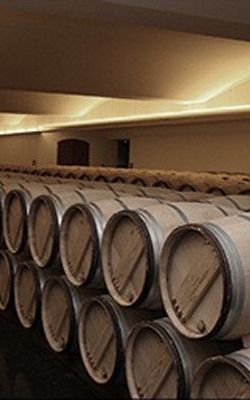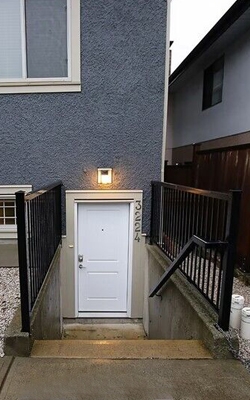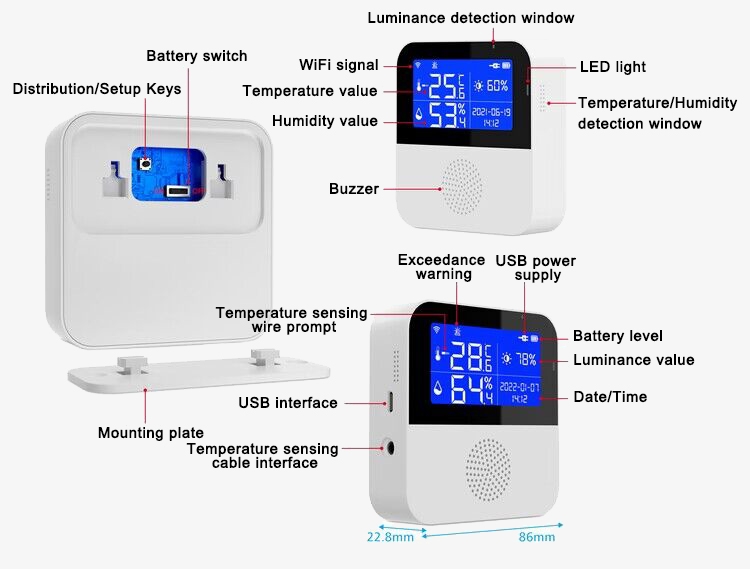The SISCO digital thermometer Hygrometer is designed to be compact, making it ideal for installation in various locations. Whether it's on a desktop at your home office, hung on a wall in the living room, or installed inside a refrigerator or greenhouse in your home, it effortlessly meets your needs, providing a comprehensive environmental monitoring experience.

- USB Powered: Household thermometer and hygrometer equipped with a built-in 500mA battery, it can be powered by USB, allowing usage even during power outages.
- Smart Backlight Control: Intelligently toggles backlight on/off for comfortable sleep and energy-saving mode.
- Long Battery Life: SISCO WiFi thermometer hygrometer with a full charge, the battery can last approximately 5 hours, ensuring prolonged usage.
- Temperature Unit Switching: Supports seamless switching between temperature units (°C~°F) for user preference.
- Easy Installation: Conveniently installable on desktops or walls, providing versatile placement options for users.
- Hygrometer Functionality: A digital hygro thermometer provides accurate humidity and temperature readings, aiding in monitoring indoor conditions effectively.
Applications
The hygro thermometer is essential for monitoring temperature and humidity levels in various spaces such as the living room, bedroom, wine cellar, basement, and greenhouse.

Cellar Room

Living Room

Basement

Greenhouse
| Model | SISCO-TH-AS90W |
| Temperature Measurement Range | -20°C~60°C (28.5°F ~ 42.8°F ) |
| Humidity Measurement Range | 0%RH~100%RH |
| Temperature Measurement Accuracy | ±0.3°C |
| Humidity Measurement Accuracy | ±2%RH |
| Temperature Resolution | 0.1℃/F |
| Brightness measurement range | 0~100% |
| Charging Time | ≤≤4 hours (fully charged) |
| Battery usage time | ≤2 Hours |
| Battery Specs | 3.7V / 500mAh (used in power failure/power off state) |
| WiFi Standard | IEEE 802.11 b/g/n 2.4GHz (does not support 5G) |
| Dimension | 110x100x10mm |
| Weight | 150g |
Details

Q1: What is a thermo hygrometer and how does it work?
A1: A thermo-hygrometer is a device used to measure both temperature and humidity in the air. It combines two sensors: a thermometer for measuring temperature and a hygrometer for measuring humidity.
The thermometer sensor typically works by measuring the change in electrical resistance or voltage caused by the temperature change. This change is then calibrated to provide an accurate temperature reading.
The hygrometer sensor measures humidity by detecting changes in capacitance, resistance, or electrical conductivity caused by the presence of water vapor in the air. These changes are then converted into a humidity reading.
Modern thermo-hygrometers often display both temperature and humidity readings digitally, making them convenient and easy to use. They are commonly used in various applications such as weather monitoring, indoor climate control, agriculture, and industrial processes where precise control of temperature and humidity is important.
Q2: Where should I place my hygro thermometer for accurate readings?
A2: To get accurate readings from your thermo hygrometer, it's important to place it in a location that represents the typical conditions of the area you want to monitor. Here are some general guidelines:
- Away from direct sunlight: Direct sunlight can artificially raise temperatures and skew humidity readings. Place the hygro thermometer away from windows or any other sources of direct sunlight.
- Away from heating or cooling sources: Avoid placing the hygro thermometer near heating vents, radiators, air conditioners, or any other sources of heat or cold that could affect the readings.
- In a well-ventilated area: Place the hygro thermometer in a spot with good air circulation to ensure accurate readings of both temperature and humidity.
- At eye level: Try to position the hygro thermometer at eye level or in a location where it's easy to read the display. This will make it convenient to check the readings regularly.
Representative of the space: Place the hygro thermometer in an area that is representative of the space you want to monitor. For example, if you're monitoring the conditions in a greenhouse, place it among the plants at a typical height. - Away from drafts: Avoid placing the hygro thermometer near doors, windows, or other areas where drafts could affect the readings.
Q3: Can thermometer hygrometers be used outdoors?
A3: Yes, thermometer hygrometers can be used outdoors, but it depends on the specific model and its specifications. Some thermometer hygrometers are designed for indoor use only and may not withstand the environmental conditions outdoors, such as exposure to moisture, extreme temperatures, and direct sunlight.
However, there are also thermometer hygrometers specifically built for outdoor use. These models are typically more rugged and equipped with features that make them suitable for withstanding outdoor conditions. They may have waterproof or weather-resistant casings, UV protection for sunlight exposure, and durable sensors.
Before using a thermometer hygrometer outdoors, it's essential to check the product specifications and ensure that it's designed for outdoor use if you plan to expose it to outdoor conditions.
Tips: Are wireless thermometer hygrometers more accurate than traditional ones?
The accuracy of wireless thermometer hygrometers compared to traditional ones can vary depending on various factors such as the quality of the sensors, calibration, and environmental conditions. Generally, both types can provide accurate readings if they are properly calibrated and maintained.
Wireless thermometer hygrometers often use digital sensors, which can be highly accurate and provide real-time data. They also offer the convenience of remote monitoring and data logging capabilities, allowing users to track temperature and humidity fluctuations over time. However, the accuracy of wireless models can be affected by factors like signal interference or battery life.
Traditional thermometer hygrometers, such as analog or mercury-based devices, can also be accurate if they are well-calibrated and placed in appropriate locations. However, they may require manual reading and lack the advanced features of wireless models.
Ultimately, the choice between wireless and traditional thermometer hygrometers depends on your specific needs and preferences. If you value convenience and real-time data monitoring, a wireless model might be more suitable. Conversely, if you prefer a simple and reliable device without the need for batteries or wireless connectivity, a traditional thermometer hygrometer could be the better option.
Thank you for buying industrial test and measurement equipment on SISCO.com, all products sold by SISCO and the partner cover a 12 months warranty, effective from the date of receiving the products.
What is covered?
SISCO is responsible for providing free spare parts, and free technical support to assist the customer to repair the defective products until the problem is solved.
What is not covered?
- Product purchased from anyone other than a SISCO store or a SISCO authorized reseller.
- Expendable parts.
- Routine cleaning or normal cosmetic and mechanical wear.
- Damage from misuse, abuse or neglect.
- Damage from use of parts other than SISCO approved.
- Damage from use outside the product’s usage or storage parameters.
- Damage from use of parts not sold by SISCO.
- Damage from modification or incorporation into other products.
- Damage from repair or replacement of warranted parts by a service provider other than a SISCO authorized service provider.
- Damage caused by the application environment not meeting the product usage requirements and the failure to perform preventive maintenance.

